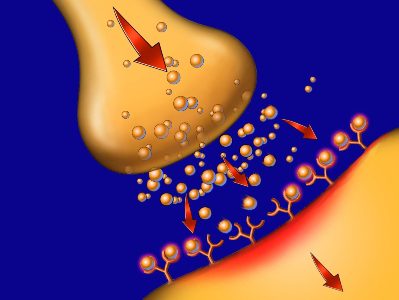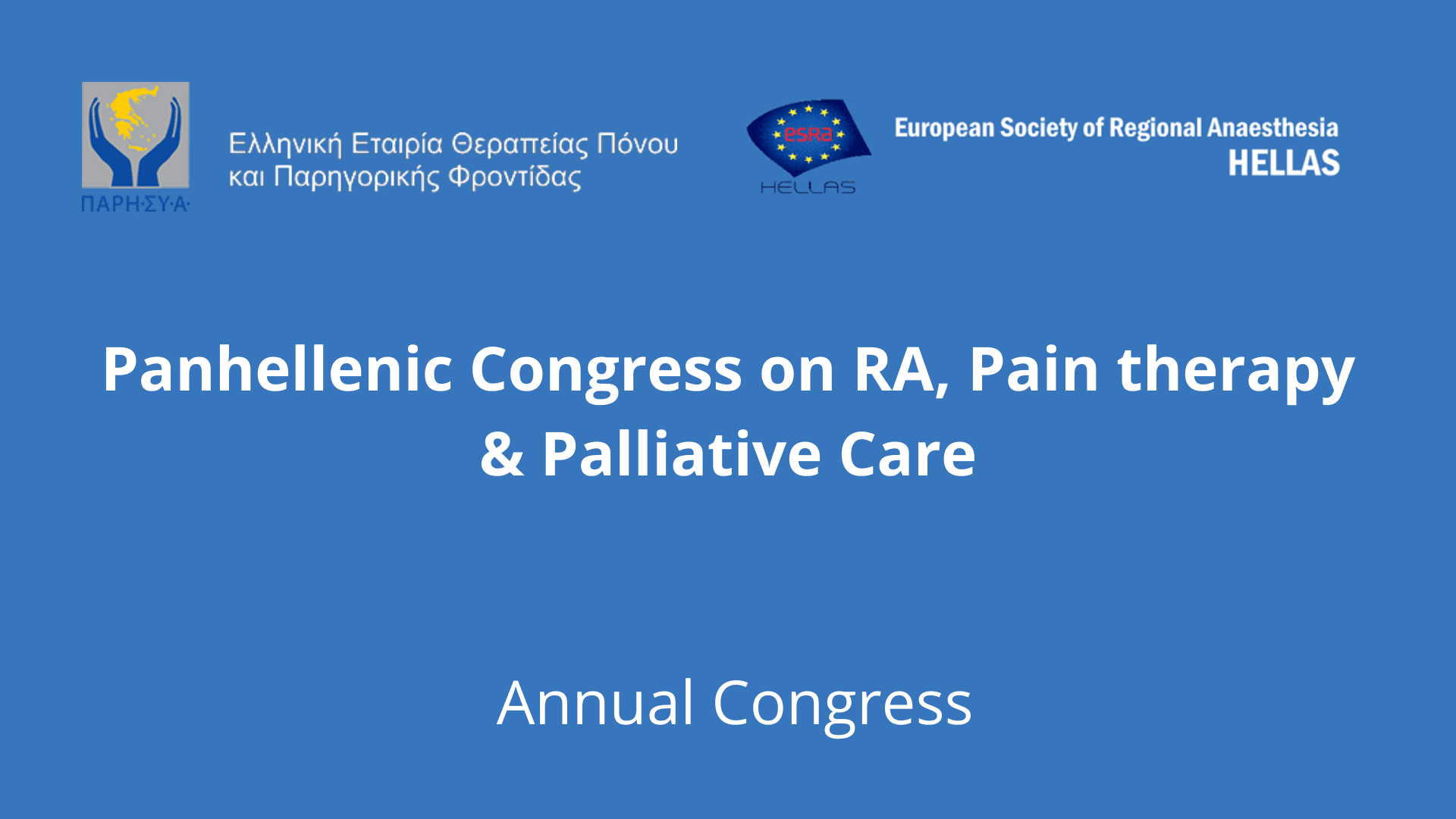OPIOIDS: PRIMARY AND SECONDARY OUTCOMES

Interesting Reviews
OPIOIDS: PRIMARY AND SECONDARY OUTCOMES
Giustino Varrassi
Professor of Anaesthesiology and Pain Medicine
Italy
Presented at: 11th Panhellenic Congress of Regional Anaesthesia, Pain Therapy and Palliative Care, Hotel Doryssa Bay, Samos, September 23 – 26, 2010
for the full text in pdf form click here.
The primary outcome for the opioids is pain control, primarily related to interaction with specific opioid receptors, not forgetting the importance of avoiding opioid-induced side effects. The characteristics that identify the primary outcome of an “ideal opioid analgesic” are: pure µ agonistic action, lοw tolerance potential, reduced side effects and adverse events, minimal risk of abuse, poor development of hyperalgesia and long duration of action. Α pure µ agonist must ensure maximal action on all types of pain syndromes and types of pain. Currently, there isn’t a molecule that fully satisfies the relationship analgesia / side effects, because it is closely dependent on the genetics of the individual, since it determines affinity receptor, then the number of available sites.
Another character of an ideal opioid is reduced tolerance that allows to maintain efficacy without the need to increase the dosage. The drugs with scarce tolerance are at the same time those with higher risk of addiction. The use of opioids, with strict selection of patients is not associated with a significant risk of abuse.
Adverse events may occur with normal doses of opiates and these conditions may be related to an underlying condition of altered biotransformation of the drug. The long duration of action is essential to patient adherence to therapy.
The characteristics that identify the secondary outcome of an analgesic ideal, are: high bioavailability after oral administration, reduced drug interactions, reduced protein binding, absence of active metabolites, lίnear kinetics and hydrolysis of compounds to inactive metabolites. According to several guidelines, the approach with opioids must be done with oral formulations that ensure a good bioavailability. The drug combination with opioids should not be burdened by significant interactions because the frequency of Adverse Drug Reactions (ADRs) increases exponentially when the patient takes four or more drugs. The risk of drug interactions of opiate use is determined largely by the enzyme system that metabolizes the specific opioid.
In patients with a complex therapeutic regimen, physician may consider initiating treatment with an opioid drug that is not metabolized by cytochrome. Physicians should be aware that some opioids have active metabolites which may become clinically important, for eχample in case of liver or renal disease, drug interactions and genetic polymorphisms of enzymes that metabolize drugs. Metabolites are generally considered a clinical problem only when their concentration in the blood undergoes a fluctuation different of the parent compounds, Iike in renal failure.






